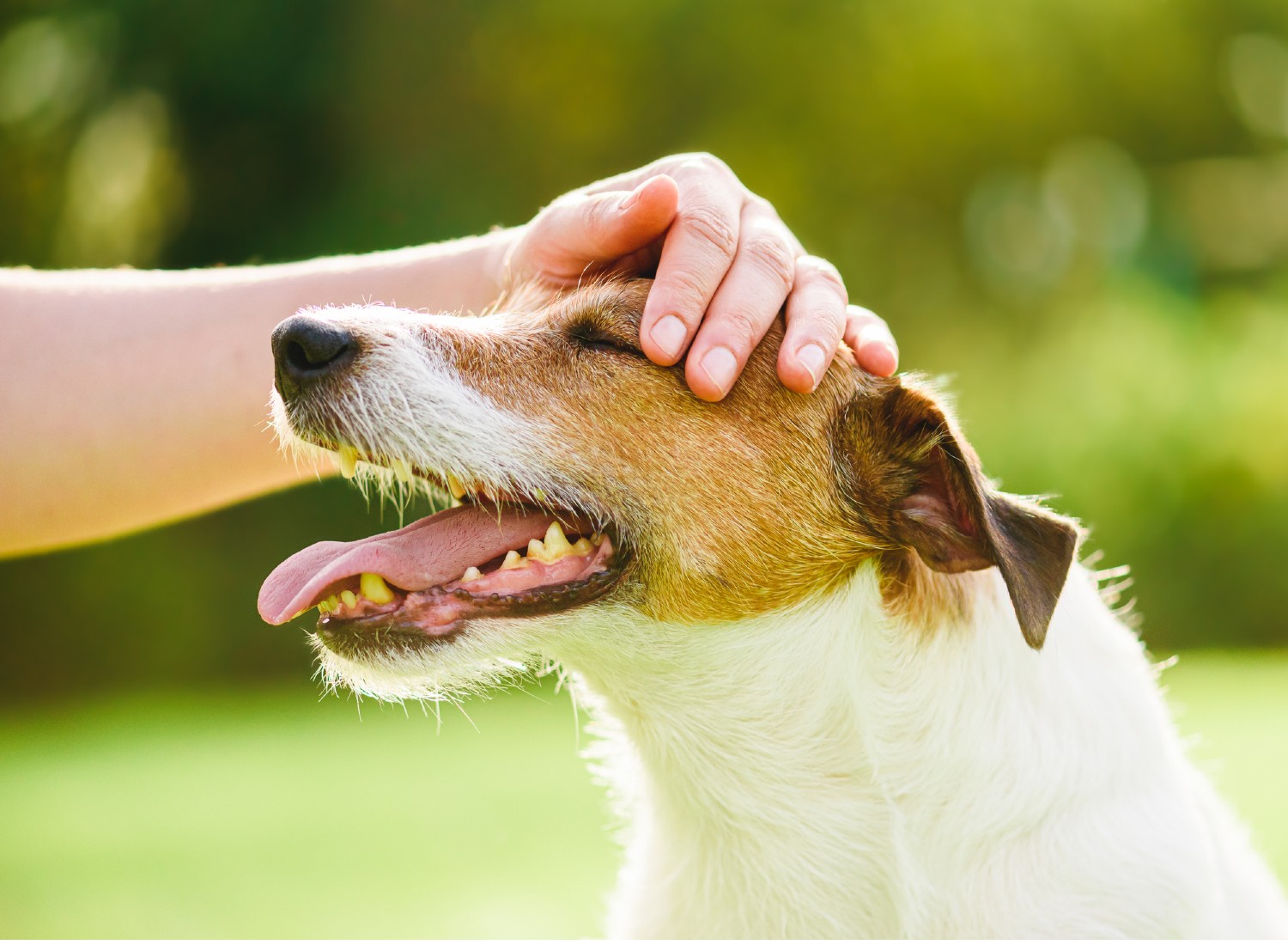5 Tips Vets Recommend for Dog Hip Dysplasia Home Treatment

Hip dysplasia poses a common challenge for dogs, particularly those of larger breeds, impacting their mobility and overall well-being. While veterinary care is crucial, there are proactive steps you can take at home to enhance your canine companion’s comfort and quality of life. In this blog, we delve into five valuable tips endorsed by veterinarians for effectively managing hip dysplasia within the familiar confines of your home.
From maintaining an optimal weight to incorporating joint supplements, creating a supportive living environment, engaging in physical therapy and massage, and considering pain management when necessary, these strategies empower dog owners to be proactive partners in their pets’ orthopedic health journey. Understanding and implementing these recommendations can make a substantial difference in mitigating the challenges associated with hip dysplasia, fostering a happier and healthier life for your four-legged friend.
1. Maintain a Healthy Weight
One of the most critical factors in managing hip dysplasia at home is maintaining a healthy weight for your dog. Excess weight puts additional strain on the hip joints, exacerbating the condition and causing more pain. Vets often recommend a well-balanced, nutritious diet tailored to your dog’s specific needs. Consult your veterinarian to create a weight management plan that includes the right type and amount of food for your dog’s breed, size, and age.
Regular exercise is equally important, but it’s essential to choose activities that are gentle on the joints. Low-impact exercises such as swimming and leash-walking can help maintain muscle strength without putting excessive stress on the hips. Keep in mind that every dog is different, so tailor the exercise routine to your dog’s comfort level and consult your vet for guidance.
2. Provide Joint Supplements
Joint supplements are a staple in the management of hip dysplasia. Vets often recommend joint chews for dogs containing ingredients like glucosamine and chondroitin sulfate, as they support joint health and reduce inflammation. These supplements work by promoting the production of synovial fluid, which lubricates the joints and helps alleviate pain.
While there are many dog joint supplements available over the counter, it’s crucial to consult with your vet before introducing any new supplements into your dog’s routine. They can recommend the appropriate dosage and formulation based on your dog’s specific needs. Consistency is key when it comes to joint supplements, so be patient and give them time to show their effectiveness.
3. Create a Comfortable Living Environment
Dogs with hip dysplasia benefit greatly from a comfortable living environment that minimizes joint stress. Provide a soft, supportive bed with memory foam or orthopedic features. Elevate food and water bowls to reduce strain on the neck and back while eating. Additionally, consider using ramps or pet stairs to help your dog access elevated surfaces like beds or couches without having to jump.
Temperature control is also important. Cold weather can make joint pain worse, so provide warm bedding and consider investing in doggy sweaters or jackets for outdoor activities in chilly weather. Creating a supportive and comfortable living space can significantly enhance your dog’s overall well-being.
4. Physical Therapy and Massage
Physical therapy and massage can be powerful tools in managing hip dysplasia. Work with your vet to develop a gentle exercise routine that focuses on improving muscle strength and flexibility around the hip joints. Physical therapy exercises may include controlled movements, stretches, and balance exercises.
In addition to physical therapy, regular massage can help relax tight muscles and improve blood circulation. Gentle, circular motions around the hip area can provide relief and contribute to overall joint health. Always consult your vet or a professional canine physical therapist before starting any new exercise or massage routine to ensure it’s appropriate for your dog’s condition.
5. Medication for Pain Management
In some cases, vets may recommend pain medication to manage the discomfort associated with hip dysplasia. Non-steroidal anti-inflammatory drugs (NSAIDs) commonly reduce inflammation and alleviate pain. It’s crucial to follow your vet’s recommendations regarding the type, dosage, and duration of any prescribed medications.
While medication can be an effective short-term solution, combining it with other holistic approaches for long-term management is essential. Regular check-ups with your vet will help monitor your dog’s progress and adjust the treatment plan as needed.
Conclusion
While hip dysplasia can be challenging to manage, these five home treatment tips recommended by veterinarians can significantly improve your dog’s quality of life. A holistic approach that combines proper nutrition, joint supplements, a comfortable living environment, physical therapy, and, if necessary, medication can help your furry friend lead a happy and active life despite the challenges of hip dysplasia. Always consult with your veterinarian before implementing new treatments or making significant changes to your dog’s routine, ensuring a tailored approach that addresses your dog’s unique needs.
Your Pet’s Best Interest, Always
At Pet Institute, we take pet care seriously. We're dedicated to transparency, impartiality, and the well-being of your pets in every article, review, and recommendation we provide. Our unwavering commitment to these principles ensures that you, our valued reader, always receive reliable and unbiased information. Let us be your trusted guide in the world of pet care and companionship.